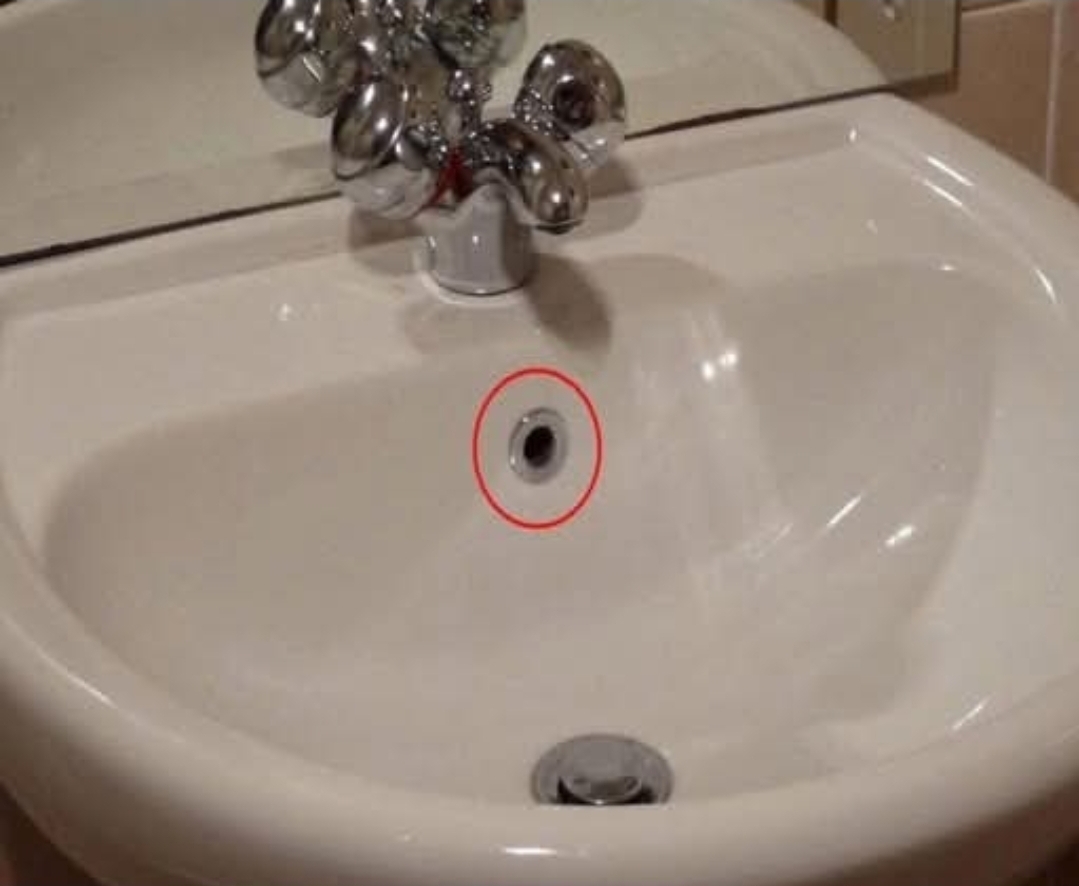If you’ve ever found yourself wondering about the small hole on your bathroom sink, you’re not alone. This tiny feature, often located near the faucet, can seem like a mere design quirk. However, its true purpose is far more ingenious. In reality, this hole plays a crucial role in preventing water overflow and ensuring the sink’s proper functioning.
The hole is directly connected to the drainage pipe below the sink. Its primary function is to serve as an overflow mechanism. Imagine a scenario where you’re distracted while using the sink, and you forget to turn off the faucet. The water level rises swiftly, and if it weren’t for this clever hole, the sink would overflow, causing a mess on the bathroom floor.
Fortunately, the overflow hole kicks in when the water level reaches about two-thirds of the sink. Excess water begins to drain through the hole, preventing a messy overflow. This thoughtful design feature is a testament to the sink’s creator, who anticipated potential problems and provided a practical solution.
However, while the overflow hole is undoubtedly beneficial, it’s not without its drawbacks. Due to its location, the hole can accumulate unwanted substances like water, soap scum, and organic matter. Over time, this buildup can create an environment conducive to bacterial growth, resulting in unpleasant odors that can permeate the bathroom air.
If you’re experiencing issues with unpleasant smells emanating from your sink, there’s a simple yet effective solution. Mix equal parts vinegar and baking soda to create a powerful cleaning concoction. Pour the mixture into the overflow hole and let it sit for 5-10 minutes. The chemical reaction will break down accumulated grime and debris within the pipes.
After allowing the mixture to work its magic, flush the sink with warm water to dislodge any lingering residue. This proactive approach to sink maintenance will help restore hygiene and freshness to your bathroom environment.
In conclusion, the small hole near the faucet of your bathroom sink is more than just a design feature. It’s a vital safety mechanism that prevents water overflow and requires regular maintenance to prevent bacterial growth. By understanding its purpose and knowing how to care for it, you can ensure your bathroom remains a clean and pleasant space for everyone.


